Blog
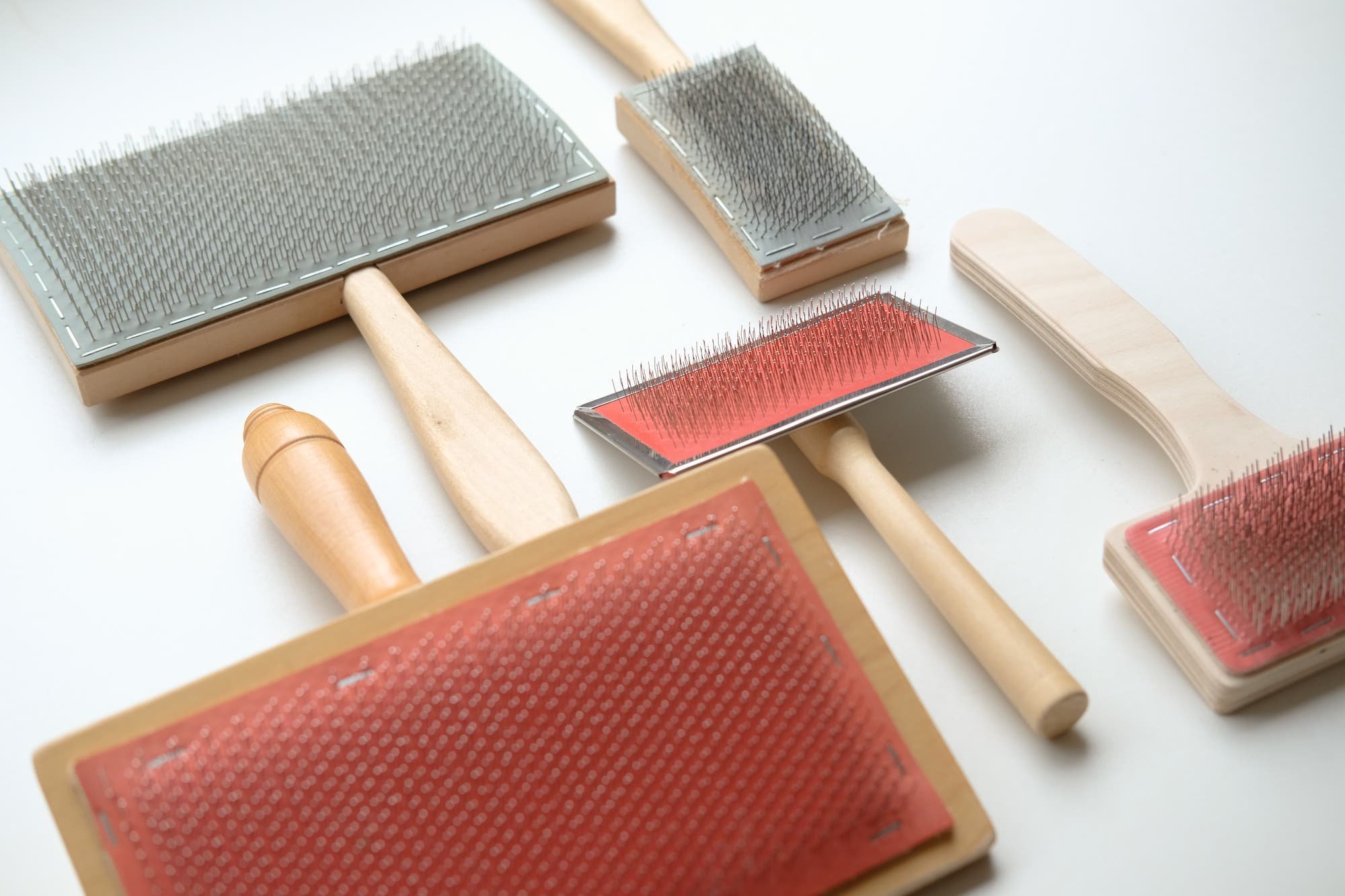
Handcards, drumcarders and more: a short guide
Here's a short guide to help you choose cards, carders and other similar tools. Nowadays there are many options on the market when it comes to equipment for carding or blending fibers, so it's useful to know a few things before selecting the equipment you need.
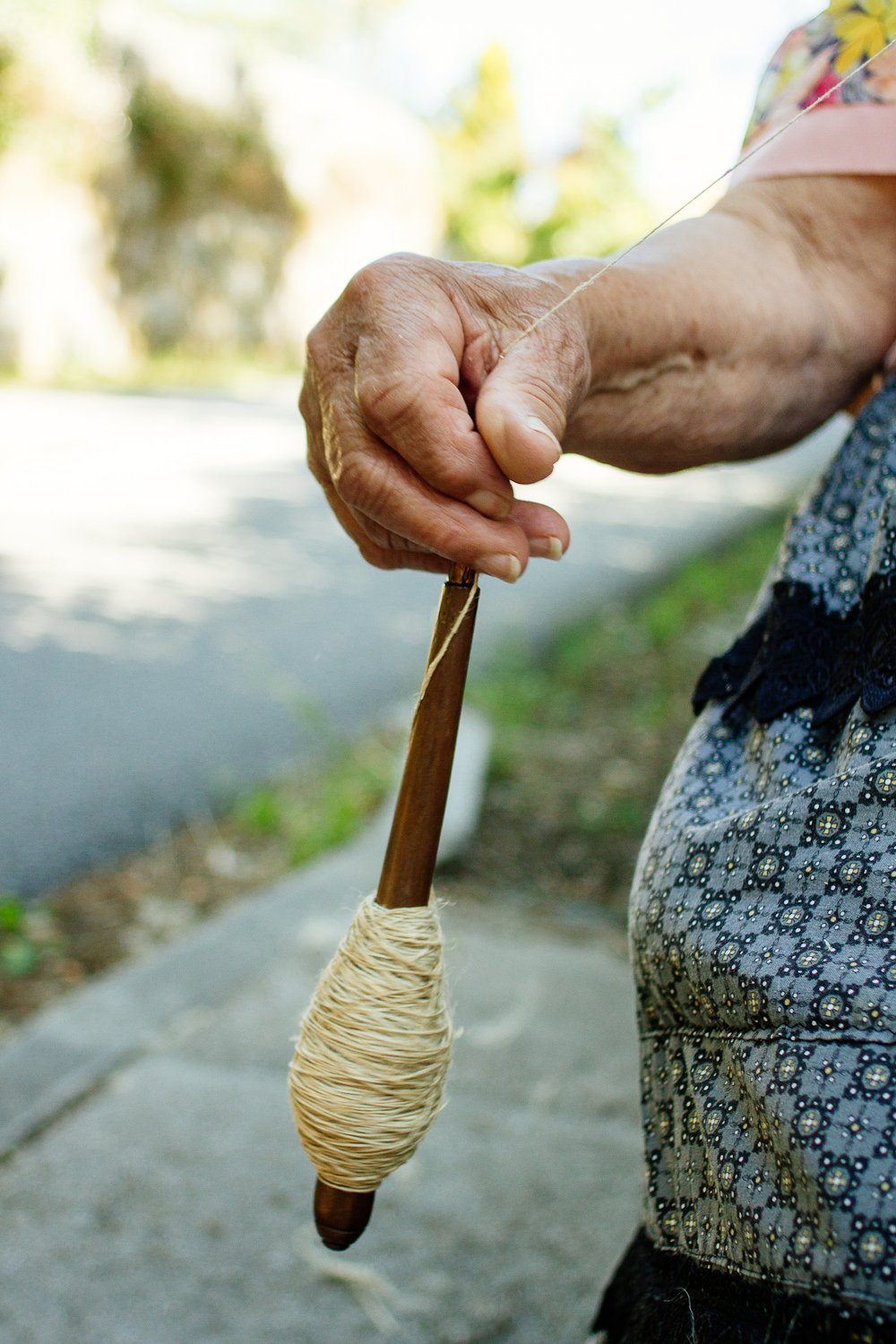
Spinning with a Portuguese spindle
I've been meaning to write this post for a while now. Nothing too complex, just a simple collection of different ladies I have encountered through my learning process and research, spinning with the type of spindle that is more commonly found in Portugal, but unusual in other countries. My idea is just to show you some similarities and differences present in their techniques.
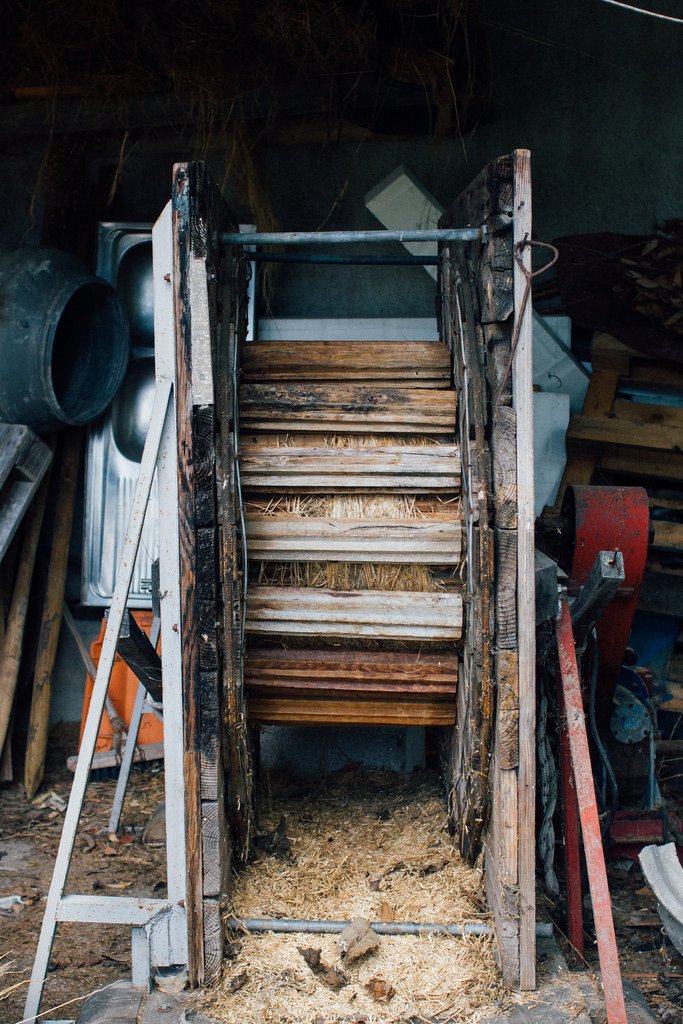
Glorious flax break
This is one of the rare flax grinders still working in our country and one of the only two that work with an engine (the third I know of that is still working is powered by animal traction).
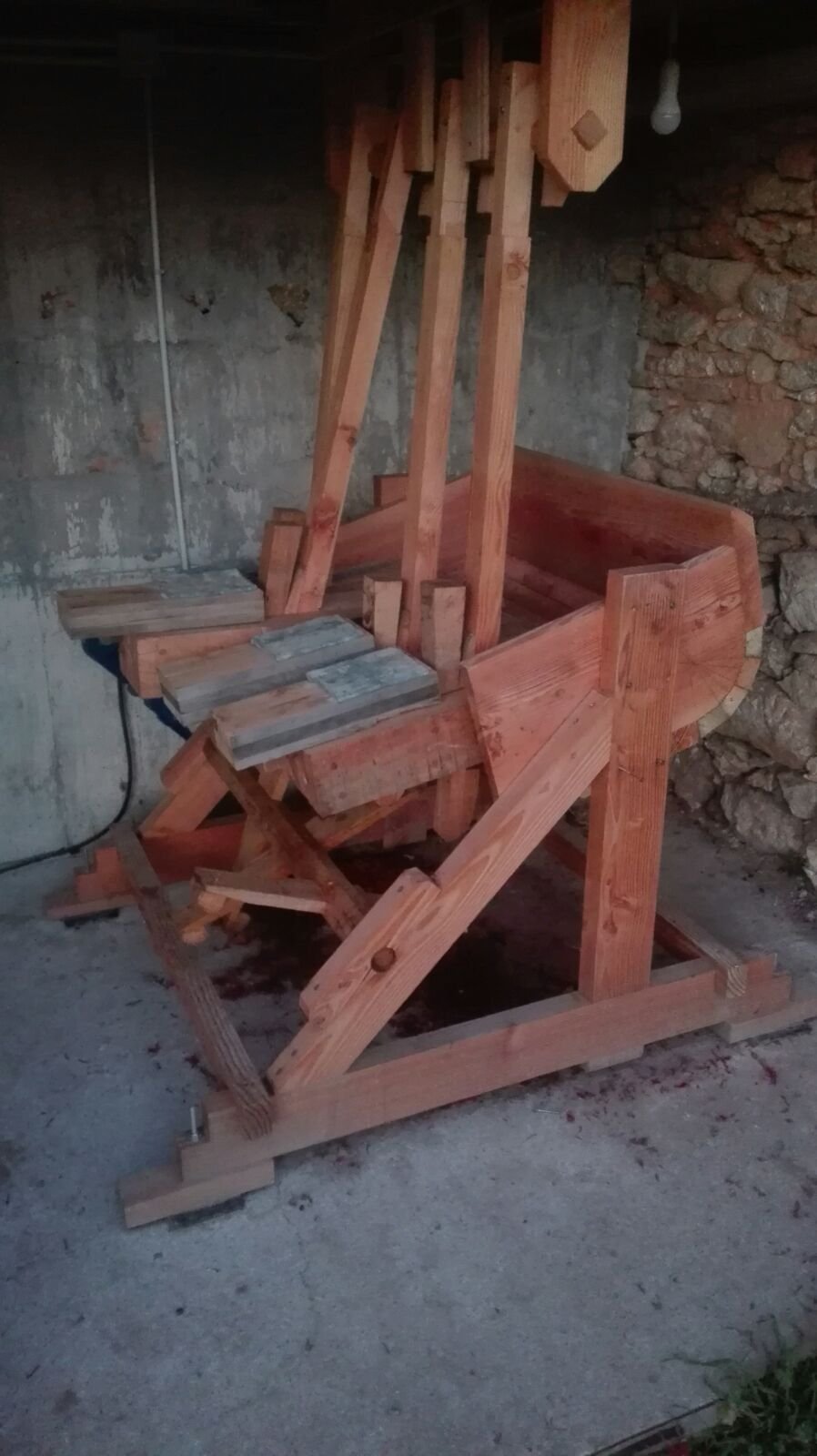
The Fulling Mill of Carlos and Manuel
Manuel and Carlos are two galician teachers who run a project called Panosdaquí, based on the reproduction of traditional galician textiles and supported by the research and recovery of ancient techniques.

(re) building a flax scutcher
Those that know me really well know that the work I do isn't about tradition. It's about manufacturing in a more conscious and sustainable in all areas and knowing that that sustainability greatly depends on the ability of reducing production scales and using local resources.
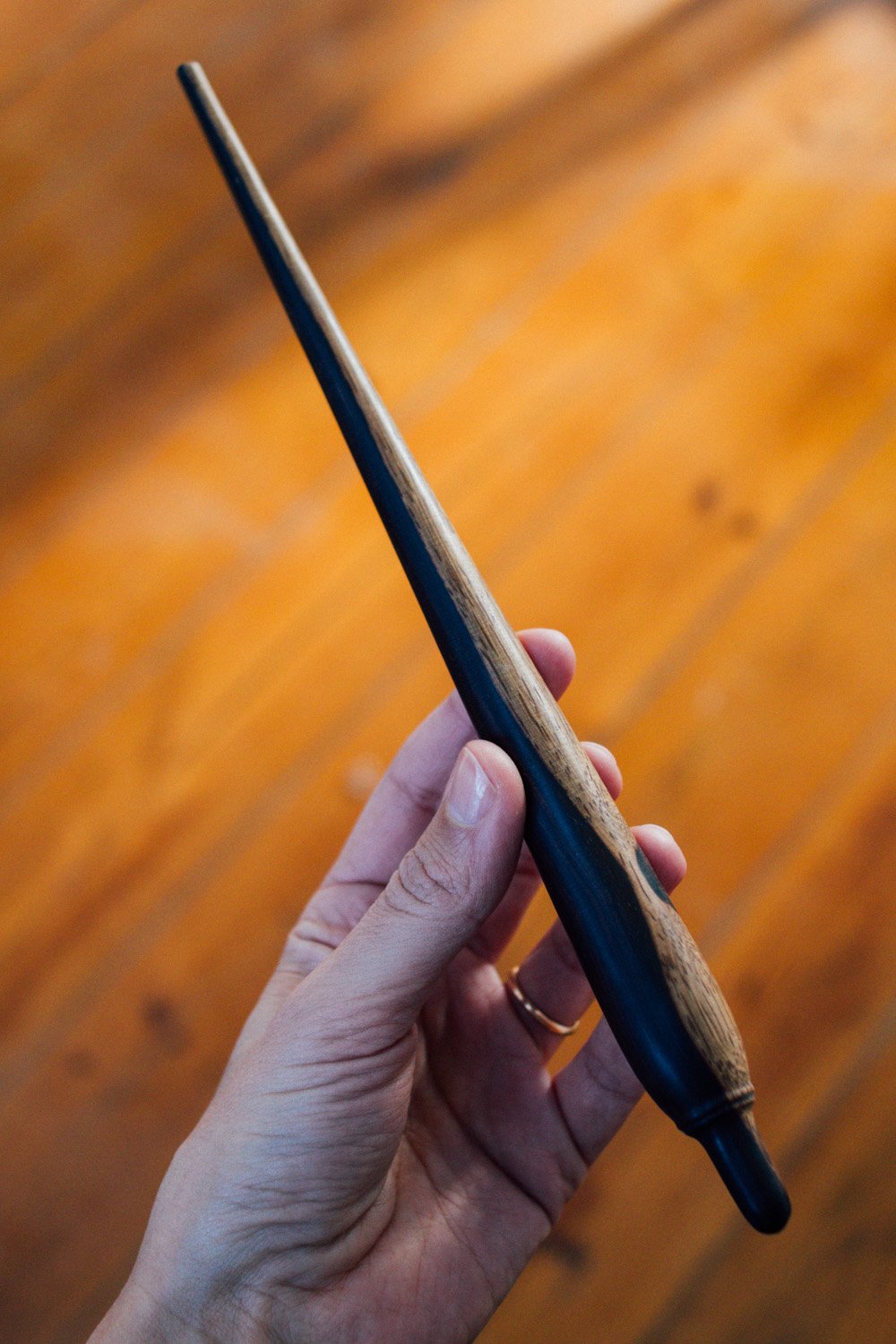
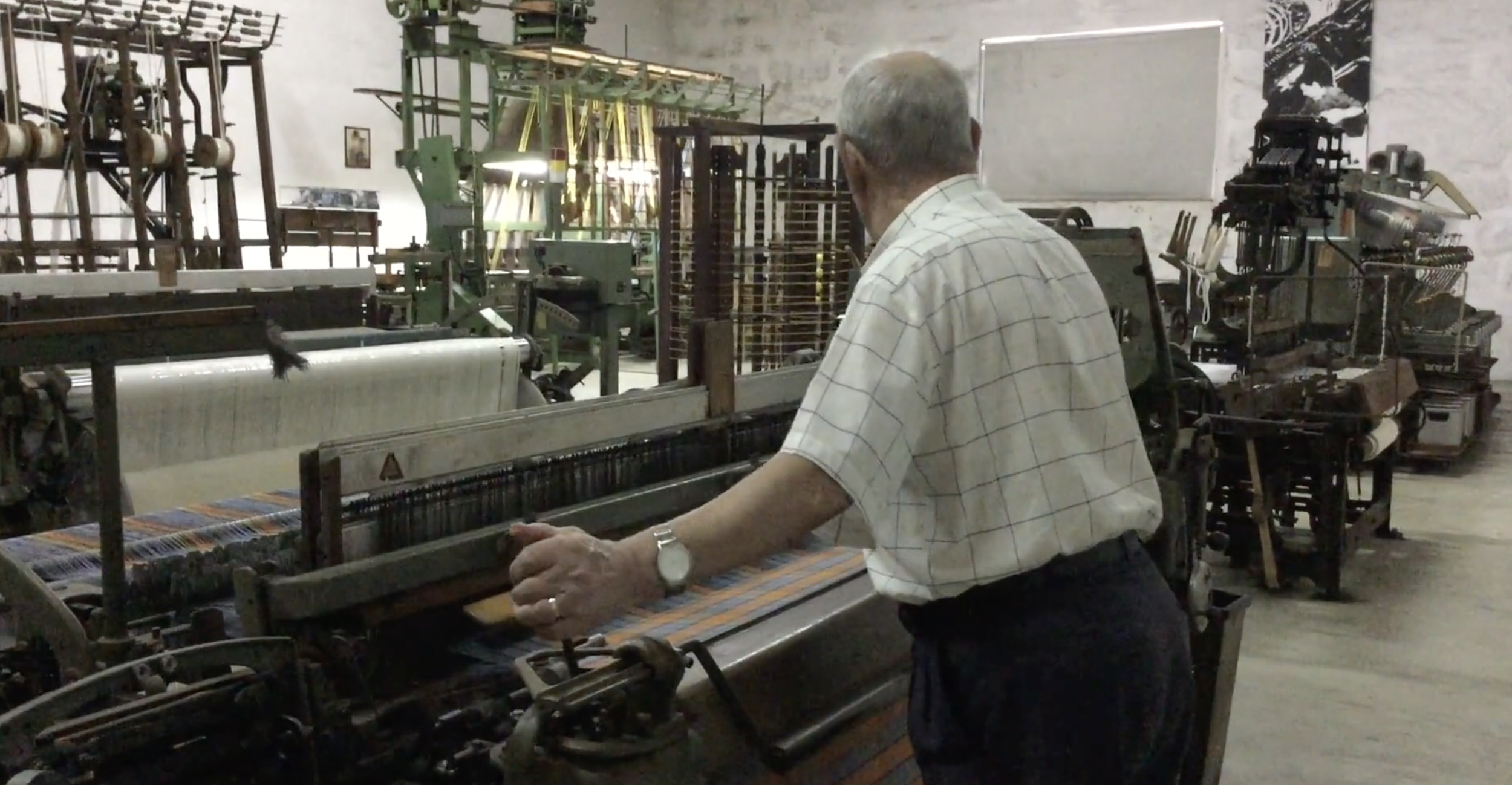
At the Textile Industry Museum of the Ave region
At the Textile Industry Museum of the Ave region, the mechanical looms still work and they sound like music to me.

The tools we have
Gathering good tools for next saturday's flax processing workshop was not easy. I wanted to find good ripples and hackles, that had been used in real flax work, not because I'm nostalgic about other times, but because you can't easily find new ones for sale and making them with the same quality would be expensive, because of the specific metal work necessary.

In search of the lost scutcher
By the end of June, there I went, all the way up Minho, hoping to find one of those mechanic scutchers still in working condition.

Plying with a portuguese spindle
Surprisingly for me, most of my Portuguese Spindles have been traveling to the other side of the Atlantic. I guess it should be no wonder for two reasons: first, fiber culture out there is much more developed and intense than in our country, and second, I know that this spindle is quite unusual, so it should spark some curiosity in the community.

The number one
The number 01 of the Woodworking Tools silkscreen that I saved for us, framed and ready to hang.

Portuguese spindles - better than ever!
The new batch of portuguese spindles came out even better than the previous one.

How many tools can you use to make a groove
If you're an experienced enough spinner, you can spin fiber with anything, even a rock. That's why my pickiness with spindles, weight, shape and material can be completely subjective.

Woodworking tools: What they are called. What they are for.
This book and poster about woodworking hand tools used in Carpentry and Joinery exist for a very simple reason: one day I needed to find a book that would simply list all these tools, because when I'm in a workshop I like to at least be able to tell apart a gouge from a chisel, and I couldn't find anything that was clear and simple.

Anatomy of a fulling mill
Anatomy of the Wool Stomping Facility in Bucos, now extinct, from the book "Tecnologia Tradicional - Pisões Portugueses".

Making a spindle with Zé Manel
When I started to learn how to spin wool, it became indispensable to get my own distaff and spindle. As I was lucky enough to learn from those who know what they are doing in regards to spinning, I was immediately informed about the characteristics of a good spindle: they’re made of oak, so that they may have the appropriate weight, they are handsculpted from beginning to end and they have a well-defined screw on the tip.

Tempereiro
Tempereiro is the portuguese name for the metal ruler that is used to stretch the fabric on the loom, so that it doesn’t shrink while weaving.

Fulling the wool
Leafing through Tecnologia Tradicional: Pisões Portugueses, I thought it was a funny coincidence that the only photos of a fuller in action were those of Mr. Francisco's father, the fuller at Pisão de Tabuadela, which I've already had the opportunity to visit.

Skeiners and Swifts
There are skeiners and there are swifts. Skeiners turn in a vertical plane and transform de the wool on the spindles into skeins. Swifts turn in a horizontal plane and transform the skeins into ball or spool.

Pisão of Tabuadela
Yesterday was my first visit to the Pisão of Tabuadela and to a pisão all together. I met Mr.Francisco, who is a “pisoeiro” and owner of the “pisão” he inherited from his father, who explained to me a couple of things about how it works and a few more about wool and “burel” - the traditional portuguese fabric made of woven felted wool.

